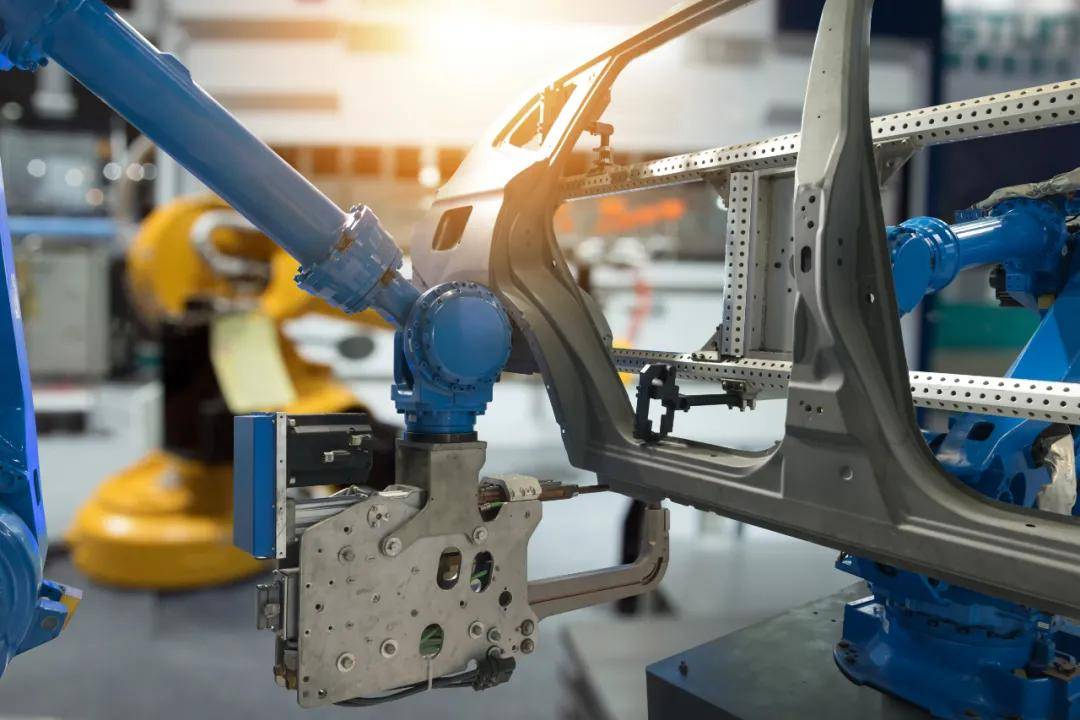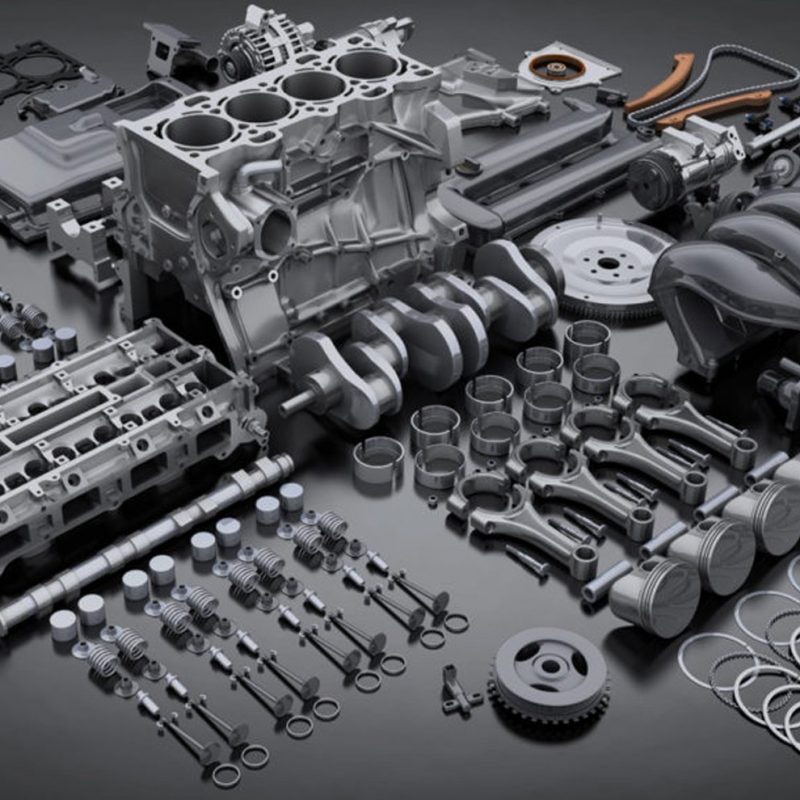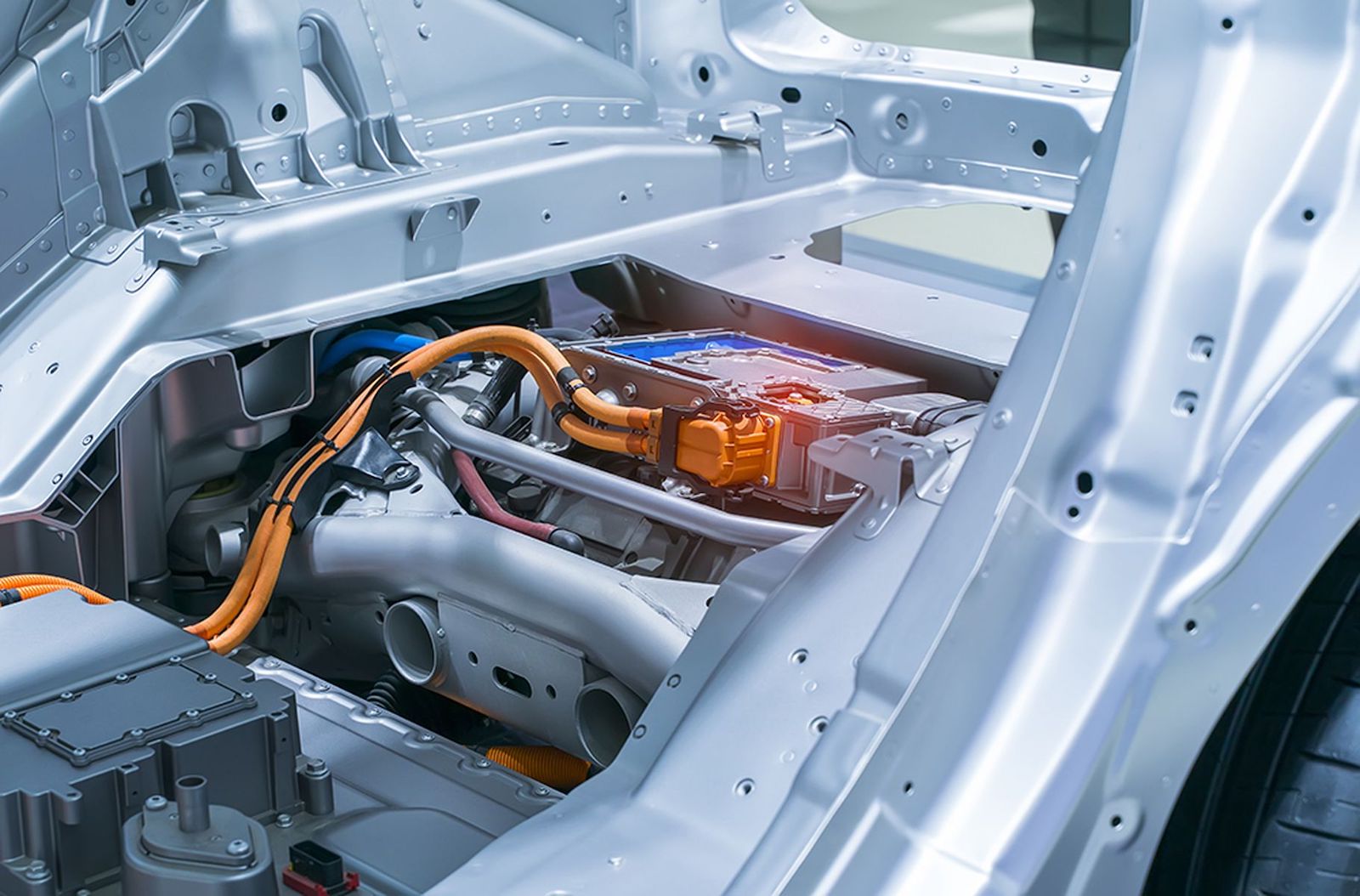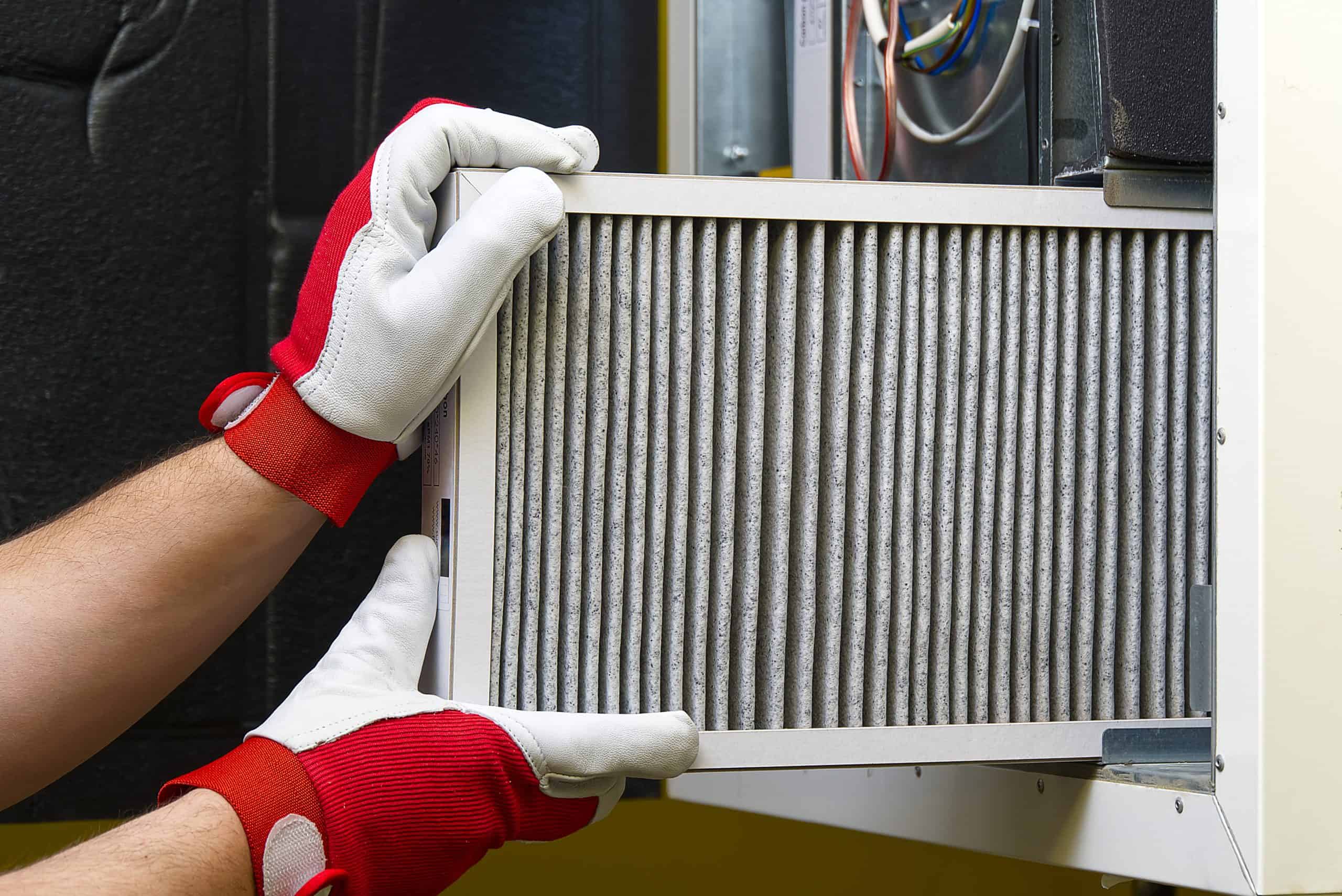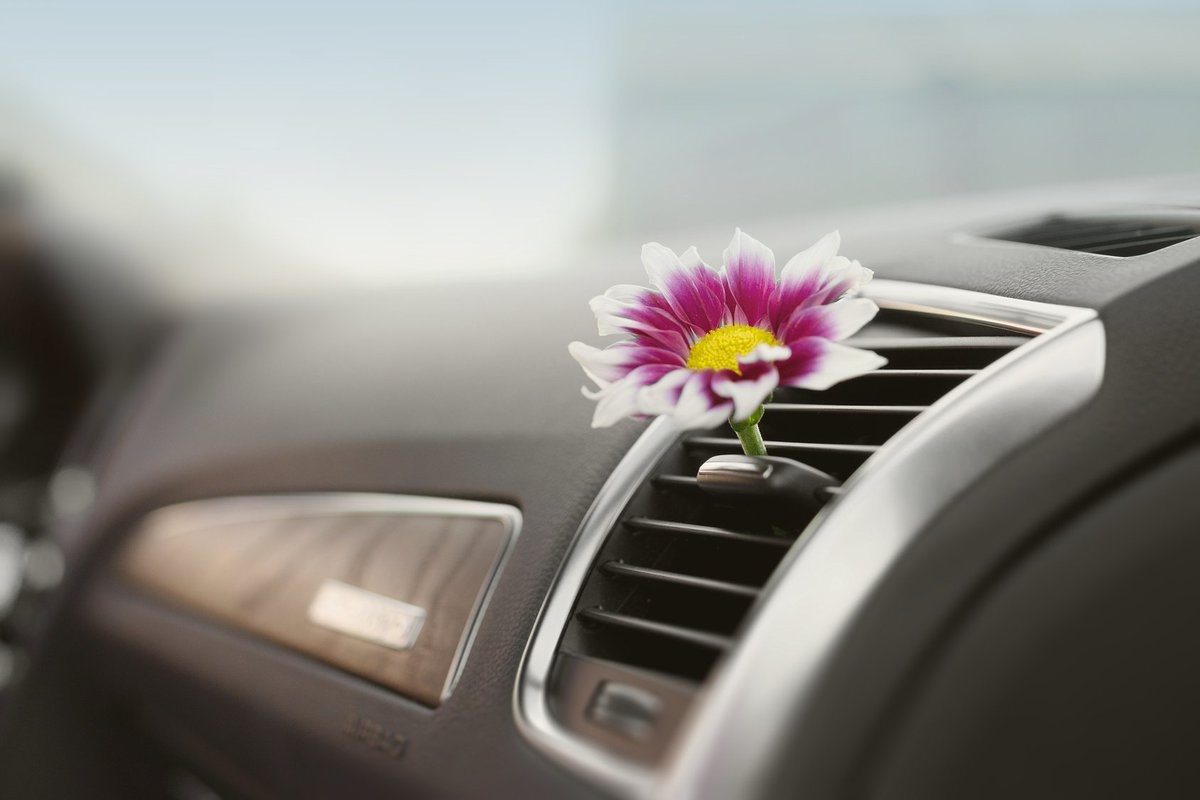The Importance of Proper Tire Maintenance for Your Vehicle
The Importance of Proper Tire Maintenance for Your Vehicle
I. Introduction
Proper tire maintenance is essential for ensuring the safety and performance of your vehicle. Tires are the only point of contact between your car and the road, and they play a critical role in your vehicle’s handling, braking, and overall safety. Neglecting tire maintenance can lead to decreased fuel efficiency, increased wear and tear on other parts of your vehicle, and even dangerous driving conditions. In this blog, we will discuss the importance of proper tire maintenance and provide tips on how to properly care for your tires. From understanding the different types of tires and their intended uses, to maintaining the correct tire pressure and rotation, to checking tread depth and wear, we will cover all the key factors that contribute to the longevity and safety of your tires. So, let’s dive in and learn how to keep your tires in top shape.
II. Understanding Tires and Their Role in Your Vehicle
When it comes to proper tire maintenance, it’s important to first understand the different types of tires and their intended uses. There are four main types of tires: summer tires, winter tires, all-season tires, and performance tires.
Summer tires are designed for warm weather and are optimized for high speeds and dry roads. They have a harder rubber compound that provides better grip in warm temperatures. They are not recommended for use in colder temperatures or on snow-covered roads.
Winter tires are designed for cold weather and are optimized for snow and ice. They have a softer rubber compound that remains pliable in colder temperatures, providing better traction on snowy and icy roads. They are not recommended for use in warm weather or on dry roads.
All-season tires are a compromise between summer and winter tires, and are intended to provide decent performance in a variety of conditions. They are not as good as summer tires in warm weather or as winter tires in cold weather, but they are a good option for those who don’t experience extreme temperatures.
Performance tires are designed for high-performance vehicles and are optimized for high speeds and dry roads. They have a softer rubber compound that provides better grip, but they wear out faster than other types of tires.
Apart from the above-mentioned types, there are also tires designed for specific purposes, like off-road or touring tires.
In addition to understanding the different types of tires, it’s also important to understand the factors that can affect tire wear and tear. These include:
-Driving habits: Aggressive driving and sudden braking can cause excessive wear and tear on your tires.
-Road conditions: Potholes, sharp objects, and other hazards can cause damage to your tires.
-Climate: Extreme temperatures can affect the rubber compound of your tires, causing them to wear out faster.
-Vehicle alignment: Improper alignment can cause uneven wear on your tires.
By understanding the different types of tires and the factors that can affect their wear and tear, you can make informed decisions about which tires are best for your vehicle and how to properly care for them.
III. Proper Tire Inflation
Maintaining the correct tire pressure is one of the most important aspects of proper tire maintenance. Under-inflated tires can lead to poor fuel efficiency, increased wear and tear on other parts of your vehicle, and even dangerous driving conditions. Over-inflated tires can also cause problems, such as decreased traction and an increased risk of a blowout.
To ensure that your tires are properly inflated, it’s important to check the pressure on a regular basis. The recommended tire pressure for your vehicle can be found in the owner’s manual or on a placard located on the driver’s side doorjamb or glove box. It’s important to check the pressure when the tires are cold, as the pressure will increase as the tires heat up while driving.
Checking the tire pressure is a simple process that can be done with a tire gauge. Simply remove the valve cap, press the gauge onto the valve stem, and read the pressure. If the pressure is low, use an air pump to inflate the tire to the recommended pressure. Be sure to check all four tires, including the spare, if your vehicle has one.
If your tires are consistently under-inflated, it could indicate a problem with the tires or the tire pressure monitoring system. It’s important to address this issue as soon as possible, as under-inflated tires can cause poor fuel efficiency and increased wear and tear on other parts of your vehicle. In addition, under-inflated tires can also cause decreased traction and an increased risk of a blowout, which can be dangerous in certain driving conditions.
On the other hand, over-inflated tires can cause poor handling and an increased risk of a blowout. Over-inflated tires can also cause uneven wear, which can shorten the life of the tires.
To summarise, maintaining the correct tire pressure is essential for ensuring the safety and performance of your vehicle. Proper tire inflation can help improve fuel efficiency, reduce wear and tear on other parts of your vehicle, and increase the life of your tires. Checking and inflating your tires regularly is a simple and important step in proper tire maintenance.
IV. Rotation and Balance
Tire rotation and balancing are important steps in maintaining the longevity and safety of your tires. Tire rotation involves moving the tires from their original position on the vehicle to different positions. This helps to distribute the wear and tear more evenly across all four tires, resulting in longer tire life.
Tire balancing, on the other hand, involves ensuring that the weight of the tire and wheel assembly is evenly distributed around the wheel hub. This helps to ensure that the tire maintains contact with the road as evenly as possible, resulting in better handling and a smoother ride.
Both tire rotation and balancing should be performed on a regular basis, according to the manufacturer’s recommendations or as specified in the vehicle owner’s manual.
The recommended rotation and balancing schedule varies depending on the type of vehicle, driving habits and the type of tire. In general, it’s recommended to have your tires rotated every 5,000 to 7,500 miles, or as specified by the vehicle manufacturer.
For example, if you drive mostly on smooth roads, you may be able to go longer between rotations. On the other hand, if you drive mostly on rough roads or carry heavy loads, you may need to rotate your tires more frequently. Similarly, if you drive mostly on highway, you may need to rotate less frequently than if you drive mostly on city streets.
Tire balancing should be performed whenever new tires are installed or when rotating the tires. It’s also recommended to have your tires balanced every time you have them rotated.
In summary, tire rotation and balancing are important steps in maintaining the longevity and safety of your tires. Regular tire rotation helps to distribute wear and tear evenly across all four tires, resulting in longer tire life. Regular tire balancing helps to ensure that the weight of the tire and wheel assembly is evenly distributed around the wheel hub, resulting in better handling and a smoother ride.
V. Alignment
Tire alignment refers to the angle at which the tires sit on the road. Proper alignment is crucial for ensuring the safety and performance of your vehicle. When the tires are properly aligned, they make contact with the road evenly, resulting in better handling, a smoother ride, and longer tire life.
There are three main types of tire alignment: camber, toe, and caster.
Camber alignment refers to the angle at which the tires sit vertically on the road. If the camber is off, it can cause the tires to wear unevenly and can affect the handling of the vehicle.
Toe alignment refers to the angle at which the tires point in relation to the centerline of the vehicle. If the toe is off, it can cause the tires to wear unevenly and can affect the handling of the vehicle.
Caster alignment refers to the angle at which the steering axis of the wheel is tilted. It affects the steering stability and directional control of the vehicle.
There are several signs that your vehicle may be in need of an alignment:
-The vehicle pulls to one side while driving
-The steering wheel is off-center when driving straight
-Uneven tire wear
-The steering wheel vibrates while driving
-The vehicle’s handling feels loose or unstable
If you notice any of these signs, it’s important to have your vehicle’s alignment checked as soon as possible. A proper alignment will ensure the safety and performance of your vehicle, and can also help to extend the life of your tires.
In summary, tire alignment is the angle at which the tires sit on the road, it is crucial for ensuring the safety and performance of your vehicle. Proper alignment results in better handling, a smoother ride, and longer tire life. Regular alignment check-ups and fixing it if needed is important. Keep an eye out for signs that indicate your vehicle may be in need of an alignment, such as vehicle pulls to one side, steering wheel is off-center, uneven tire wear, steering wheel vibrates or loose handling.
VI. Tread Depth and Wear
Tire tread depth plays a crucial role in the performance and safety of your vehicle. The tread is the grooved surface of the tire that comes into contact with the road. It is responsible for providing traction and helping to channel water away from the tire to prevent hydroplaning.
As the tire tread wears down, the tire’s ability to provide traction and channel water decreases. When the tread is worn down too much, the tire can no longer grip the road properly and can significantly increase the risk of a blowout or hydroplaning.
To ensure that your tires have adequate tread depth, it’s important to check the tread depth regularly. The easiest way to check the tread depth is to use a tread depth gauge, which can be found at most auto parts stores. Simply insert the gauge into the tread grooves and read the depth.
The legal minimum tread depth in the United States is 2/32 of an inch, but it is recommended to replace the tires when the tread depth is below 4/32 of an inch.
It’s also important to note that the tread depth can vary across the tire, with the center of the tire typically having a deeper tread than the edges. So, it’s important to check the tread depth in multiple locations around the tire.
Another way to check the tread depth is by using the “penny test”. Simply place a penny into the tread groove with Lincoln’s head facing down. If you can see the top of Lincoln’s head, it’s time to replace your tires.
In summary, tire tread depth plays a crucial role in the performance and safety of your vehicle. As the tread wears down, the tire’s ability to provide traction and channel water decreases, which can increase the risk of a blowout or hydroplaning. It’s important to check the tread depth regularly and replace the tires when the tread depth is below 4/32 of an inch. A tread depth gauge or a penny test can be used to check the tread depth. Always make sure to check the tread depth in multiple locations around the tire.
VII. Conclusion
Proper tire maintenance is essential for ensuring the safety and performance of your vehicle. Tires are the only point of contact between your car and the road, and they play a critical role in your vehicle’s handling, braking, and overall safety. In this blog, we have discussed the importance of proper tire maintenance and provided tips on how to properly care for your tires.
We have discussed the different types of tires and their intended uses, the factors that can affect tire wear and tear, proper tire inflation, rotation and balancing, alignment, and tread depth and wear. By understanding the different types of tires and the factors that can affect their wear and tear, you can make informed decisions about which tires are best for your vehicle and how to properly care for them.
Proper tire maintenance is essential for ensuring the safety and performance of your vehicle, it can also help to improve fuel efficiency, reduce wear and tear on other parts of your vehicle, and increase the life of your tires. It is important to check the pressure, rotate and balance the tires, align the vehicle, and check the tread depth regularly.
It’s important to make tire maintenance a regular part of your vehicle care routine. By following the tips outlined in this blog, you can keep your tires in top shape and ensure that your vehicle is safe and reliable on the road.


